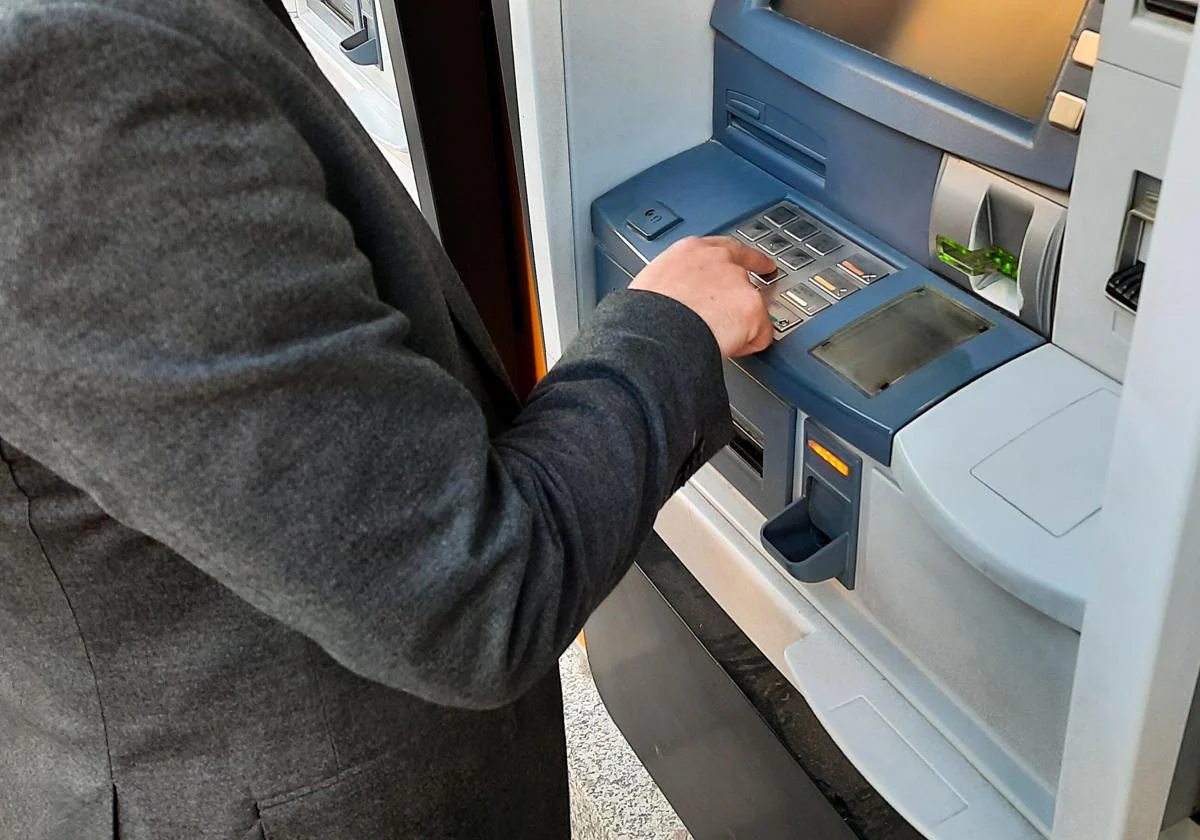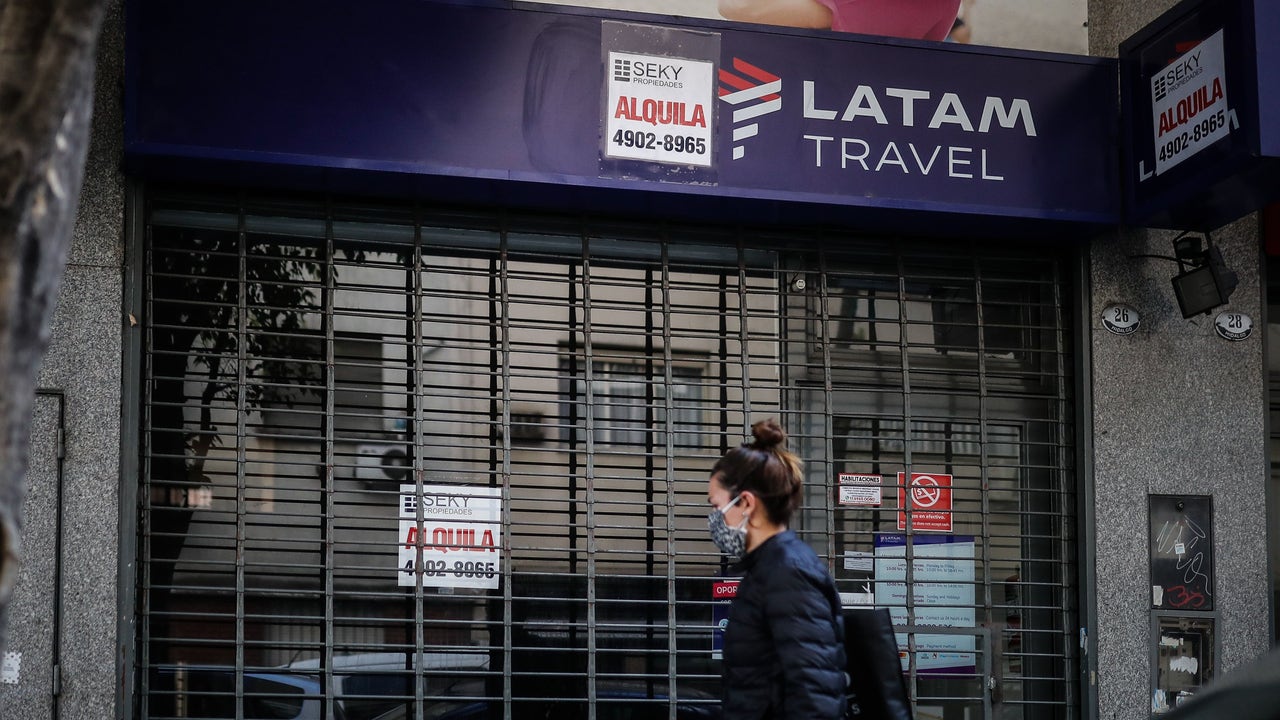20 years and three crises

On December 31, 1998, European citizens knew what the change in their national currencies would be with the euro. A day later, all the banks of the eurozone countries would start to operate with the single currency and to present the household extracts in euros and in the currency of the citizen's country of residence. Spain had no luck with the conversion. The fixed exchange rate was 166,386 pesetas per euro, a proportion that made it difficult to memorize it. Better luck had the Belgians and the Luxembourgers (40 francs per euro), the German marks (2x1), the Italians (200 liras) or the Portuguese (20 escudos). To carry out the quick conversions, the Spaniards sharpened the ingenuity and set a quick rule: 1,000 pesetas was equivalent to 6 euros, and that is how it is for the story. It had to be taken into account that until January 1, 2002, the euro would not be in the pockets of the Spaniards and the rest of the citizens of the eleven countries that started the Eurozone. That coexistence of both currencies forced a quick conversion to know the cost that was going to suppose the basket of the purchase in an unknown currency, created in a European summit celebrated in Madrid in December of 1995, and to which almost all augured an uncertain future .
During those three years, the euro existed only as a scriptural currency, used in financial markets. The companies and public administrations adopted the corresponding measures to adjust their accounting, such as the double indication of the prices on the labels of the shops. All this was supported by a global communication plan aimed at familiarizing the general public, the ordinary citizen, with the new banknotes and coins introduced in the system. Eleven countries were the founding partners of the single currency: Germany, Austria, Belgium, Spain, Finland, France, Ireland, Italy, Luxembourg, the Netherlands and Portugal. In the transitional period, Greece joined (year 2001). Then come Malta, Slovenia, Cyprus, Slovakia, Estonia, Latvia and Lithuania. Only two countries, Denmark and the United Kingdom, have an exclusion clause, so they will never use the euro at their borders. In total, a new currency for a population of 311 million people.
The first change fixed by the euro was $ 1,1667, but over the last twenty years its price has suffered numerous ups and downs, although only three major crises.
The first one arrived very soon. In the second year of his birth months ago he had lost parity and marked the one that to date is his historical minimum: 0.8228 dollars marked in the month of October. It was the crisis of the "dotcom", of companies that saw their future on the Internet. It was not the cause of its collapse. It had more to do with the reaction of the United States, a country that did not like that Europe discussed the international sovereignty of the dollar and did everything possible to weaken the single currency. And he got it. More than two years it took the euro to regain the parity lost: April 2002.
From that date everything was a path of roses. With a determined policy of the European Central Bank and a long period of prosperity of all European countries, the euro was eating ground to the dollar. So much so that in April of 2008, when the perverse effects of the international crisis encouraged by subprime mortgages had not yet been fully reflected, the single currency marked its historic maximum surpassing, if only for a few moments, the $ 1.60. Traveling to the United States or any country in America became a collective sport for all European citizens with a single currency.
We had to wait another four years to see the euro again in distress. Its reflection was not so clear in the quote, since in the summer of 2010 one euro was exchanged above 1.20 dollars.
The crisis caused an increase in the budget deficits of the countries, an exponential increase in the debt, and all that was transferred to the fixed income. Every day it was necessary to pay more interest for institutional investors to buy sovereign debt from countries such as Portugal, Greece, Ireland and after Spain and Italy. The panic was such that it feared for the health of the euro. We had to wait for Mario Draghi to deliver the magic words in London to ward off fears: "The ECB will do everything necessary to sustain the euro and, believe me, it will be enough." The banking rescue of Spain reassured the markets and normalcy was imposed on the economic policies of the peripheral countries. The second great battle had been won, although the cost of the accommodative policy of the ECB has been very high: more than 2.6 billion euros in the purchase of sovereign debt.
Now, with another crisis between Italy and the European Commission, with the threat of an exit from the discipline of the euro, the single currency has experienced a third crisis. Although the United Kingdom has never been part of the euro, its exit from the European Union scheduled for this year does not help to give tranquility to the eurozone.
The fact that the price of the money is at 0% since March 2016 has not helped the euro, which has barely passed 1.25 dollars over the year. The last days of last year the currency exchange has moved closer to the $ 1.14.
Looking ahead to the new 2019, until underlying inflation does not come close to the ECB target (2%), no movement in monetary policy is expected, and therefore there will be few changes in the change.









